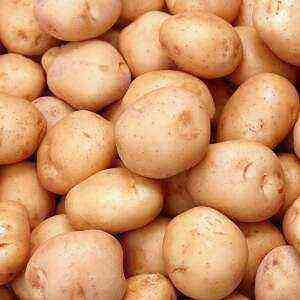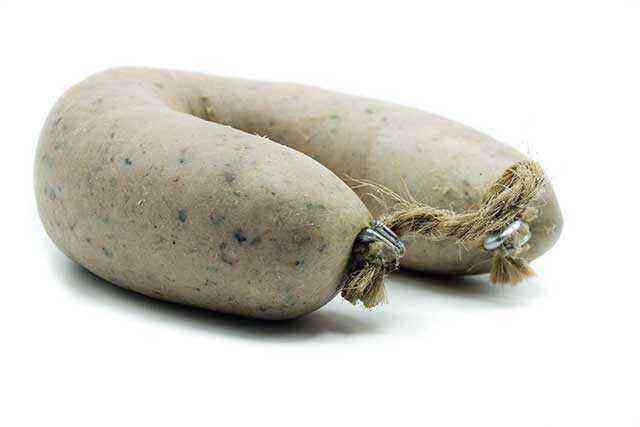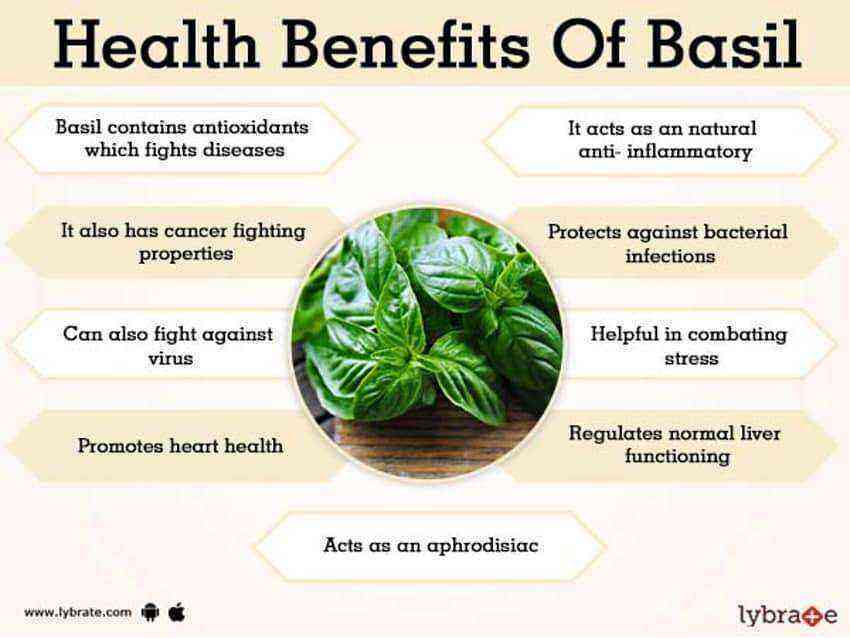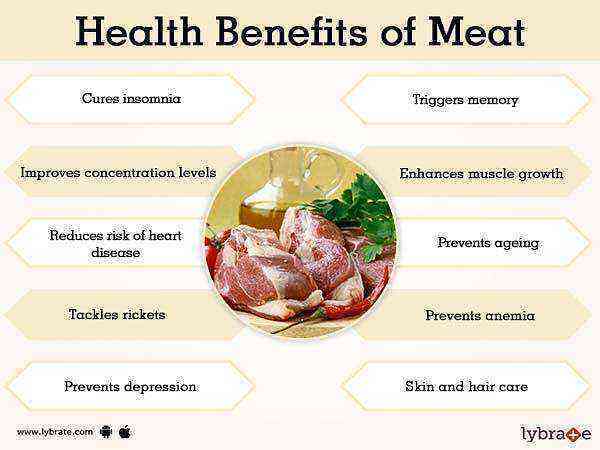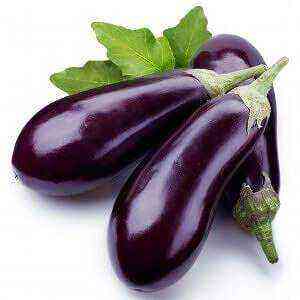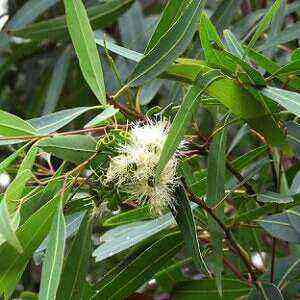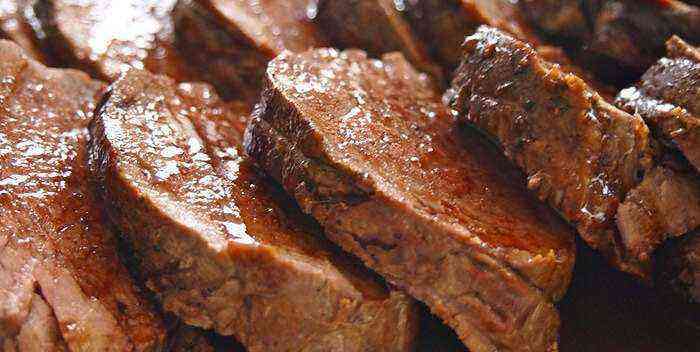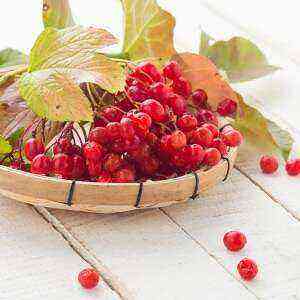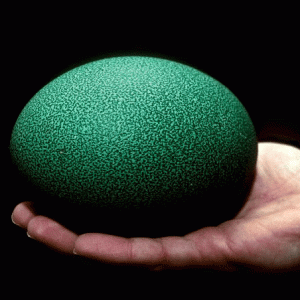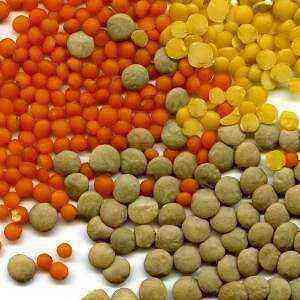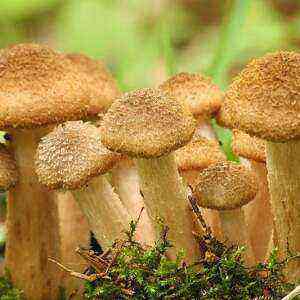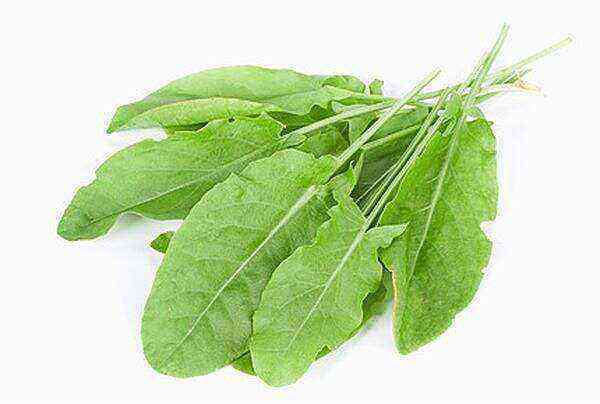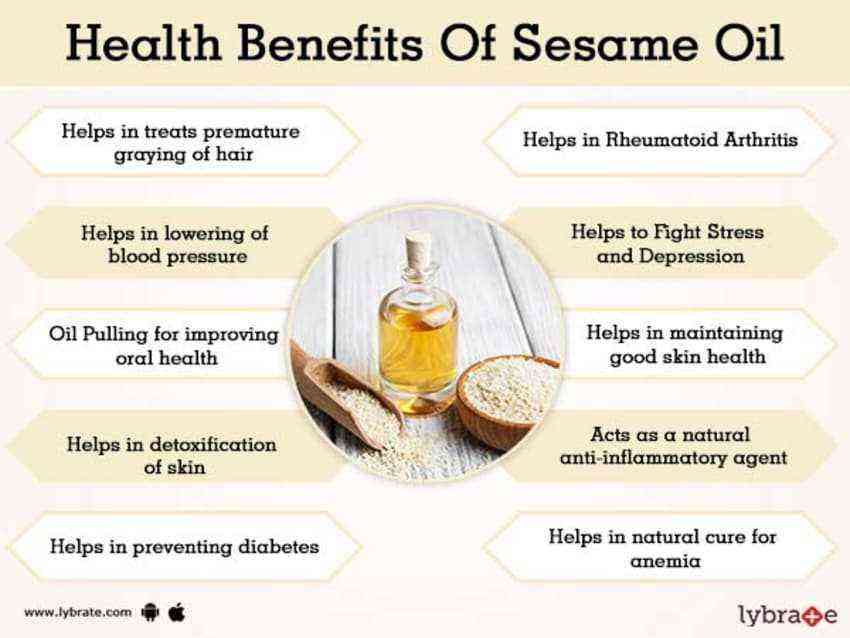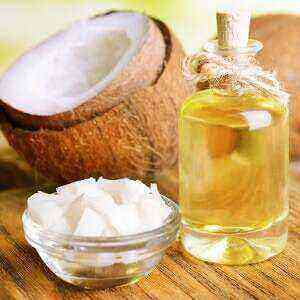Red cabbage is a source of fiber and many vitamins. Its purple hue, as well as its bitter taste, are the main signs that the vegetable has the properties to prevent cancer. The bright color of this culture indicates a large number of flavonoids, and a sharp aroma indicates the presence of sulfur-containing compounds. And it is these phytochemical components that make red cabbage special in its family.
What is red cabbage
Red cabbage is a nutritious vegetable that has gained popularity around the world for several reasons. Not only is it tasty and healthy, but it also has a bright appearance – unlike the usual white, the leaves of this variety are painted in red and purple.
Red cabbage belongs to the cruciferous family. There are several versions regarding the origin of this vegetable. Some researchers suggest that the first red heads appeared somewhere in the north of Europe, while others claim to be in China. But wherever the first red-violet cabbage grew, its closest relative is still white-cabbage. But unlike her, purple cabbage is not early, only late-ripening varieties of vegetables are known. This culture is very hardy: it is not afraid of cold weather (it can withstand even short-term frosts) and tolerates heat well, but is demanding on moisture. Heads of this culture are often spherical, sometimes oval, but always very dense and large (some can weigh under 3 kg).
And now an interesting fact. For many agronomists, red cabbage serves as a natural indicator of soil acidity. Depending on the pH level, the shade and color saturation of the leaves of the vegetable will also be different.
Nutrition value and chemical composition
A portion of red cabbage is only 28 kilocalories, about 1 gram of protein and a tenth of a gram of fat. But this bright vegetable contains a lot of fiber, which makes it very useful for the digestive system. In this context, it should be said that recently, doctors around the world have been sounding the alarm: in the daily diet of a modern person, the amount of fresh fruits and vegetables, and hence fiber, has significantly decreased. This fact is called one of the leading causes of gastrointestinal diseases, especially the intestines. Hence the advice: there is more cabbage, including red cabbage.
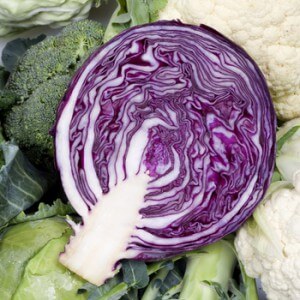
One of the main reasons for the popularity of this cabbage is its unique chemical composition. The vegetable has a large number of phytonutrients, antioxidants, vitamins and minerals. This type of cabbage is a good source of vitamins B, C, A, E, K, it has calcium, manganese, magnesium, iron, potassium.
Protein
We all know that the best sources of protein are meat, fish and dairy products. And many do not even suggest that red cabbage is also a good source of protein, surpassing many other vegetables in this.
Vitamin C
The most famous source of ascorbic acid are citrus fruits. And now for many it will come as a surprise that cabbage also belongs to the list of foods that should be consumed to replenish vitamin C.
Ascorbic acid is one of the most powerful antioxidants that the human body needs to withstand all kinds of inflammations, as well as the influence of free radicals. Regular intake of adequate doses of vitamin C can protect a person from many diseases, including from disorders of the cardiovascular system. In addition, vitamin C is necessary for the body to produce collagen – a substance responsible for the elasticity of the skin, the strength of ligaments and muscles, the health of bones and most internal organs. Collagen deficiency, including that caused by a deficiency of vitamin C, can cause poor wound healing, rapid aging and aging of the body. A sufficient amount of vitamin C in the body is the key to a strong immune system, since ascorbic acid stimulates the production of white blood cells, which serve as a barrier to infections and pathogenic bacteria that enter the body. And red cabbage is one of the best sources of this vitamin.
Vitamin A
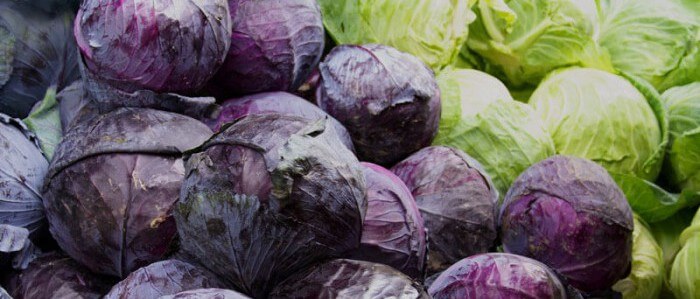
Vitamin K
This useful component is responsible for the coagulation reaction. 7 different types of proteins take part in this process at once, but without a sufficient amount of vitamin K, their performance decreases significantly. In addition, bone tissue also needs vitamin K, as this nutrient promotes bone mineralization. Studies have shown that vitamin deficiency increases the risk of osteoarthritis, atherosclerosis, and cancer by several times. And to protect yourself from these troubles, you just need to eat a portion of salad with red cabbage every day.
Vitamin group b
Vitamins of this group are also included in the chemical composition of red cabbage. And this means that the regular use of this vegetable in food will protect against dry skin, brittle nails, hair loss, disorders of the nervous system, as well as liver diseases.
100 g nutritional characteristic
Calories 25 kcal Proteins 1,44 g Fats 0,27 g Carbohydrates 5,43 g Fiber 2,3 g Vitamin C 31 mg Vitamin B1 0,05 mg Vitamin B2 0,04 mg Vitamin B3 0,3 mg Vitamin B6 0,96 mg Vitamin B9 43 μg Vitamin A 133 IU Vitamin K 0,11 mg Calcium 47 mg Magnesium 15 mg Phosphorus 23 mg Sodium 18 mg Potassium 246 mg Iron 0,6 mg Zinc 0,18 mg Selenium 0,9 μg
The benefits of red cabbage

Prevents cancer
Red cabbage as a typical representative of cruciferous (broccoli, Brussels sprouts, kohlrabi and others belong to the same family) is an excellent source of sulfur-containing components, known as glucosinolates. By the way, it is these substances that give the raw vegetable a bitter taste.
Once in the body, glucosinolates turn into isothiocyanates, which are known to scientists for their ability to reduce inflammation and fight bacteria. The red pigment of a vegetable is, as already mentioned, flavonoids no less useful to humans. Researchers have reason to believe that these substances inhibit the activity of carcinogens, thereby significantly reducing the risk of cell mutations.
Already several laboratory experiments have confirmed: the consumption of vegetables from the cruciferous group more than 2 times reduces the risk of becoming a victim of cancer.
Benefits for weight loss
Low calorie red cabbage is a great choice for a diet menu. Without a lot of calories, this vegetable will provide the body with many important minerals and vitamins. A rich amount of fiber helps maintain satiety for a longer time.
Slows down the aging of the body

Protects from ulcers
This vegetable contains an amino acid – glutamine. The peculiarity of this amino acid is that it is indispensable when it comes to reducing pain and inflammation in the gastrointestinal tract caused by ulcers. Herbalists believe that red cabbage juice is one of the best home remedies for the treatment of peptic ulcers.
Prevents Alzheimer’s Disease
Alzheimer’s disease is one of the most well-known diseases affecting people in old age. Although researchers are horrified to say that the disease has begun to “grow younger.” But there is good news. It turned out that red cabbage juice has powerful properties to prevent this disease. Perhaps the main studies and discoveries about the relationship of red cabbage and the prevention of Alzheimer’s are still to come. Perhaps the only thing that is known for sure is that red cabbage contains anthocyanins (they give the cabbage a characteristic red hue), and they prevent the formation of plaques in the brain that impair memory and cognitive abilities.
Bone mineralization
A high concentration of minerals makes red cabbage one of the best vegetables for bone mineralization. This means that it is important for people who are prone to frequent fractures, children during intensive growth, older people and women after menopause to include large portions of red cabbage in their diet. Calcium, magnesium, manganese and many other minerals enter the body in impressive quantities together with a plate of nutritious cabbage salad. And the correct bone mineral density is the best prevention of osteoporosis, arthritis and many other diseases of the musculoskeletal system.
Possible contraindications
Flatulence and indigestion can occur in some people against the background of cabbage consumption. But if white cabbage causes dysfunction in the stomach, this does not mean that a similar result will come from red cabbage or broccoli. By the way, Indian Ayurveda recommends cooking it with garlic, onions or ginger in olive oil rich in vitamin E and fatty acids to facilitate the digestion of cabbage. But the combination of several varieties of cabbage in one dish at once can enhance the unpleasant effect in the form of indigestion or flatulence. Also, raw cabbage is contraindicated for ulcers of the duodenum 12.
It is important to know that red-headed vegetable is included in the list of gobogenic products, the consumption of which inhibits the body’s absorption of iodine. And this is fraught with the development of iodine deficiency.
Like other cruciferous plants, red cabbage has the ability to absorb purines from the soil, which, when they enter the human body, turn into uric acid. Overuse of vegetables can be dangerous for people with kidney disease, as their organisms are not able to fully remove excess uric acid. And this is a direct path to the development of gout.
When cabbage is the cure
The rich chemical composition determines a wide range of medicinal properties of red cabbage. Even in ancient Rome, this plant-rich vegetable was used to treat bronchitis and lung diseases. The medicine was prepared from honey and cabbage juice.
Nowadays, herbalists advise using red cabbage to strengthen the capillaries and protect against white blood. It is believed that dishes made from this vegetable contribute to the elimination of toxic substances from the body, protect against radiation and even prevent the occurrence of tuberculosis. Red-purple cabbage juice is useful for people with hypertension and certain vascular diseases, and also accelerates wound healing. By the way, fresh vegetable leaves with antibacterial properties are also suitable for treating wounds and bruises. They can be applied to injured areas to relieve pain and swelling, to stop bleeding.
Cabbage leaves in folk medicine are also used to treat mammary glands. In particular, our great-grandmothers believed that cabbage compresses help with hardening in the chest (mastopathy). But doctors are skeptical of this practice.
Herbalists advise drinking a little red cabbage juice before a feast. They say this will protect against rapid intoxication, and later – from a hangover. And all because the juice of this vegetable has the ability to neutralize alcohol. And if you rinse your mouth with pure juice, you can get rid of bleeding gums.
Use in cosmetology

Use in cooking
Unlike its closest relative, red cabbage is slightly tougher, but retains its beneficial properties much better during the winter. This vegetable is suitable for use in salads, as well as for preparation – pickling or pickling (especially popular in this form in German cuisine). Often, red cabbage is pickled with plums – a very interesting flavor combination is obtained. It is useful to prepare side dishes from this cabbage for meat, since some of the substances contained in the vegetable speed up digestion.
Plant juice can be used as a natural dye. And if you know a few secrets, then from a glass of pure cabbage juice you can get several flowers. For example, if you add a little soda to a vessel with juice, the liquid will acquire a bright blue color. If mixed with vinegar, the juice will become a pleasant raspberry hue.
Some people mistakenly believe that all types of cabbage have the same beneficial properties. Of course, they actually have a lot in common, but no less differences. So you should not throw red cabbage from your diet, replacing it with white vegetable. Moreover, a salad of bright purple cabbage is tasty, healthy and beautiful.
